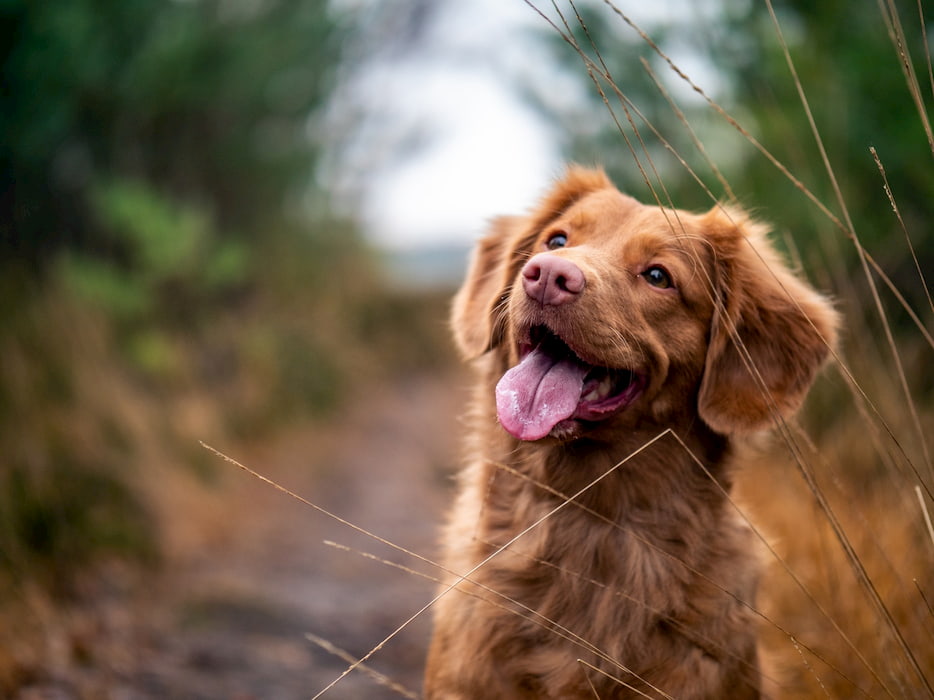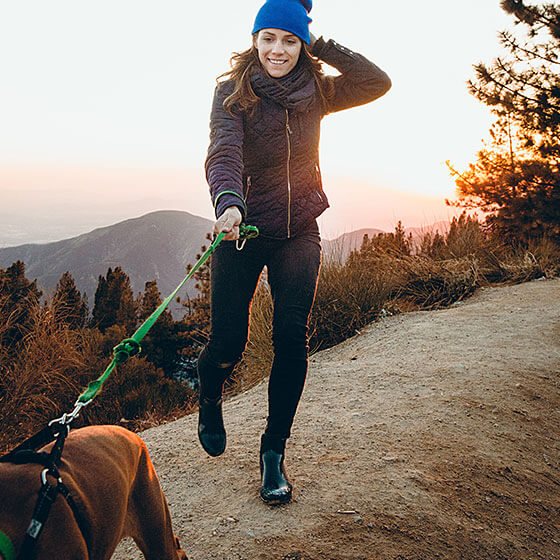Given Wilke’s behavior we decided to end the training session with something we call confidence exercises. These are simple exercises which usually serve no practical purpose other than to challenge the dog to look at the world from a different point of view. A great, entry level confidence exercise is to have your dog stand or walk along a tall walkway. It’s like the canine equivalent of walking on a balance beam – you’re higher off the ground than you’re used to, you need to pay attention to your balance, and to be fair, it’s a little scary the first time you do it.
There is a wall I like to use on Clere Street that’s perfect for taking small dogs through this confidence exercise. The wall is about 4 feet high, 16 inches wide, and maybe 25 feet long. We picked Wilke up and put him on top of the wall. He froze and then laid down. It’s a common reaction – most dogs have never seen the world from this perspective and are a little frightened they might fall. Side note: if you do this exercise make sure you stay next to your dog the whole time and keep the lead in your hand – SAFETY FIRST!
So, there we were, me, Angie, and Wilke, outside in the beautiful springtime sun, with Wilke laying down atop the Clere Street wall. We let him stay there for about 5 minutes just to get used to the idea of being high up, and then encouraged him to move forward by taking a half-step ahead and calling his name. He didn’t move. After a few minutes of encouragement Wilke abruptly stood up, took two steps forward, and immediately laid back down. PROGRESS! Long story short, we stayed there working this confidence exercise for about 20 minutes during which time Wilke traversed about 4 feet. And that’s what brings me to today’s cardinal rule of dog training:
YOU CAN’T BE IN A HURRY
It took Wilke 20 minutes…20 MINUTES!!!…to walk 4 feet. Have you ever tried walking just 4 feet over the course of 20 minutes? It’s ridiculous and requires ridiculous amounts of patience. But for Wilke, every step he took required a huge amount of courage. When we took Wilke down off the wall he held his head high, puffed his chest out and marched around our feet wagging his tail. In fact, he did all but grin at us. He was happy, proud and confident, and it was the first I’d seen that side of him the entire training session.
Whenever you start something with your dog, whether it’s a confidence exercise, training session, or teaching a new command, be prepared to take whatever time the DOG needs to complete the exercise. Don’t rush it. It might take a little longer than you’d like but the rewards can be so great.


